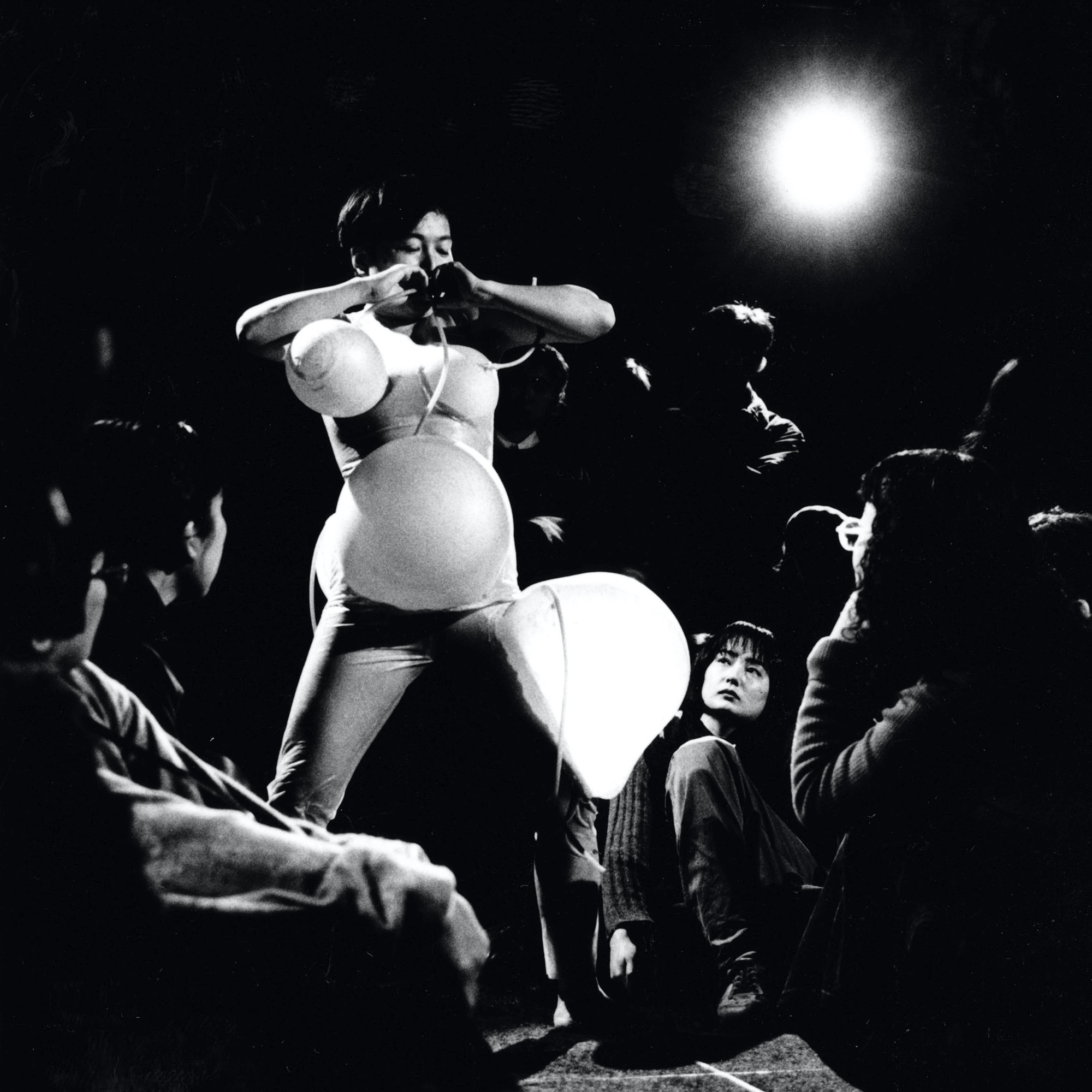News
Obituary: Tari Ito (1951–2021)


On September 22, Japanese performance artist and activist Miwako Ito, more widely known as Tari Ito, passed away from amyotrophic lateral sclerosis at the age of 70.
Born in Tokyo in 1951, Ito was a performance art pioneer who traveled and performed extensively across Asia, Europe, and North America. She entered the department of arts at Tokyo’s Wako University in the early 1970s, around the time of the youth-led Zenkyoto protests against hierarchical social structures in 1968–70. She gradually became interested in performance, and in the third year of university, she enrolled in a course introduced in a theater magazine. She later became fascinated with pantomime and after her graduation in 1974, she continued to learn the techniques for seven to eight years. It was also during this period that she first acknowledged that she was a lesbian, and renamed herself Tari, after Thalia, the Greek muse for comedy and bucolic poetry whom she came across in a Jean Cocteau poem.
Motivated by her urgent curiosity about the state of the world, which was partly fueled by the magazine Asahi Journal, through which she had read about the American War in Vietnam, the Anpo protests in Japan, and China’s Cultural Revolution, she began to travel outside of Japan by herself. In 1982, aged 31, she left for the Netherlands. Though she had planned to stay for one month only, she ended up signing contracts with the Theatre Het Klein in Eindhoven, which was run by performer Halina Witek. Ito’s mime project Timing (1983) became a hit in the Netherlands, where she continued to collaborate with Witek and participated in numerous dance and performance projects until she returned to Japan in 1987. Starting in the late 1980s, Ito moved from miming and physical theater to performance art, with works concerning bodily expression, femininity, sexuality, and violence. The Cosmos of Epidemis (1989) featured Ito dancing to the flute played by Mototeru Takagia in front of walls covered in latex. Throughout the performance, she dragged and pulled the latex skin away from the wall, which created a loud noise when it was torn. Similar techniques followed in Memory of Epidemis (1993), performed in Toronto, in which she imprinted her hands on a latex skin, puncturing holes on the surface.
In January 1996, Ito openly declared herself a lesbian in her most ground-breaking performance, Self Portrait. She wrapped her body with latex and blew certain parts of the material into differently sized balloons symbolizing various female body parts and organs. She then popped the balloons by squeezing them and bending her own body. In the last scene, she engaged in a dialogue with a projected image of herself, saying repetitively, “Who am I? I’m not married. Who am I? I do not have any children. Who am I? I’m a performer . . . Who am I? I’m a lesbian. Who am I? I’m Tari Ito.” The performance was an experiment with both the internal and external aspects of womanhood, and reflected on silenced voices concerning female and queer sexuality.
Ito’s works also revolved around wars, military sexual violence, and nuclear disasters. I would not forget you (2006), for example, is an homage to a comfort woman called Kim Sun-dok. The performance features Ito popping massive black balloons on her body and peeling onions on the ground, against a backdrop of documentary photos of comfort women. After being diagnosed with a neuromotor disease in 2011 and halting her performances in 2015 due to her lower limbs being immobilized, she developed another work in 2015–19, titled Before the 37 Trillion Pieces Get to Sleep. Sat in a wheelchair, she laid out line drawings of body parts on the ground, and narrated stories about the remaining inhabitants in Fukushima after the nuclear disaster with photos and footage during her visit there. Afterward, with the help of the collaborators, she lied on the sheets of the drawings, traced the shape of her body with crayons, and cried for the lives that passed away in the disaster.
Another important aspect of Ito’s practice was her activism. She was very outspoken on feminism as well as LGBTQ issues. In 1994, she established the feminist artist collective Women’s Art Network, which organized exhibitions with the Feminist Art Action Brigade, such as “Women Breaking Boundaries” (2001) and “Borderline Cases” (2005). In 2003, she launched PA/F SPACE, located near Tokyo’s Waseda University, to provide workshops and support for the LGBTQ community in Japan. As an artist, she participated in several events that centered woman practitioners, such as the international art summit “Womanifesto” in Bangkok, in both 1997 and 1999.
In her interview with the Japanese online platform LGBTER, she said, “We often hear the expression ‘The personal is the political’ when it comes to discussions on feminism. What happens to a woman’s body does not only concern her, but also the politics and society as a whole. This idea has been my backbone. I’ve been creating, and will continue to create bearing this in my mind.”
Pamela Wong is ArtAsiaPacific’s assistant editor.







